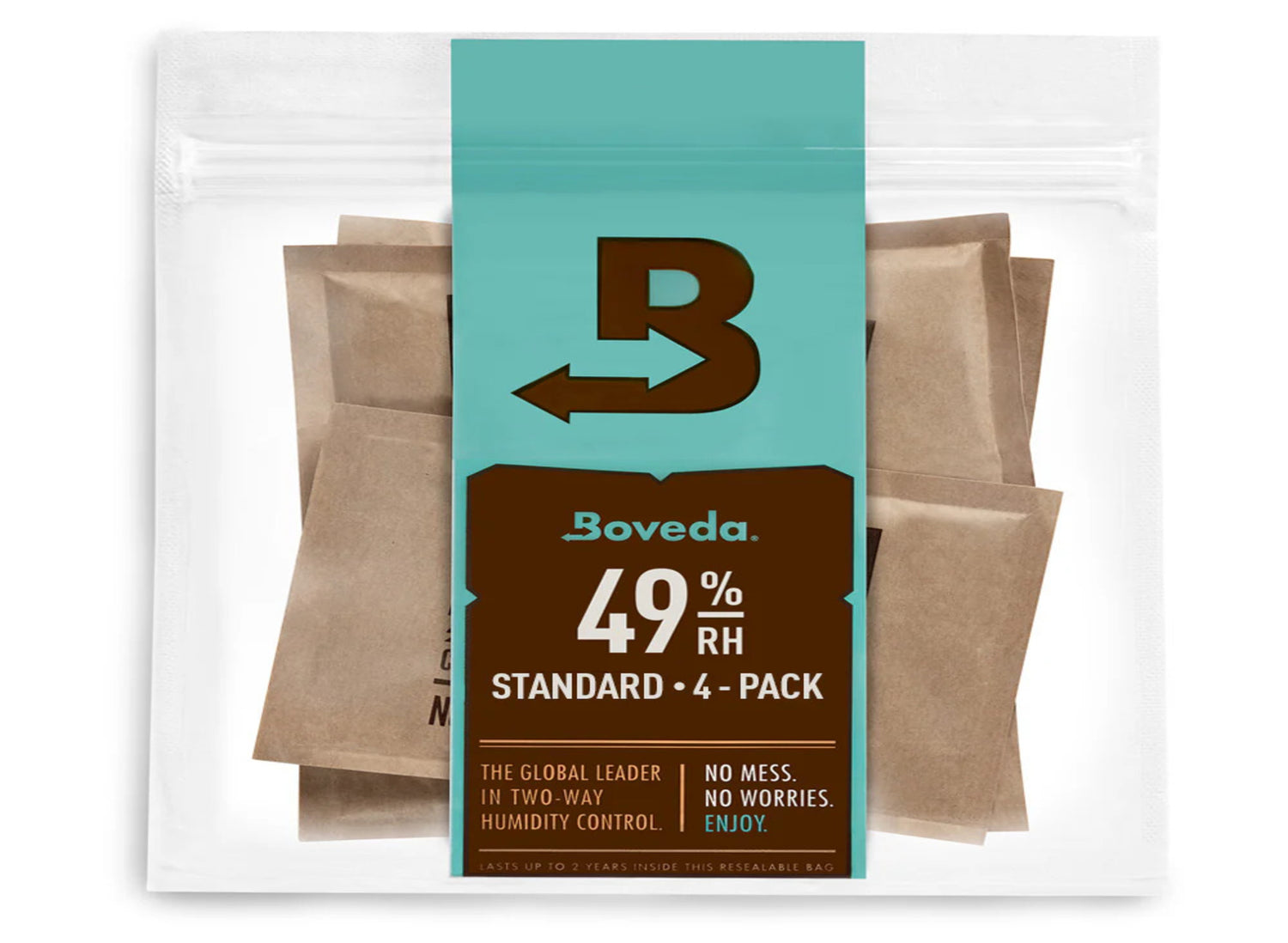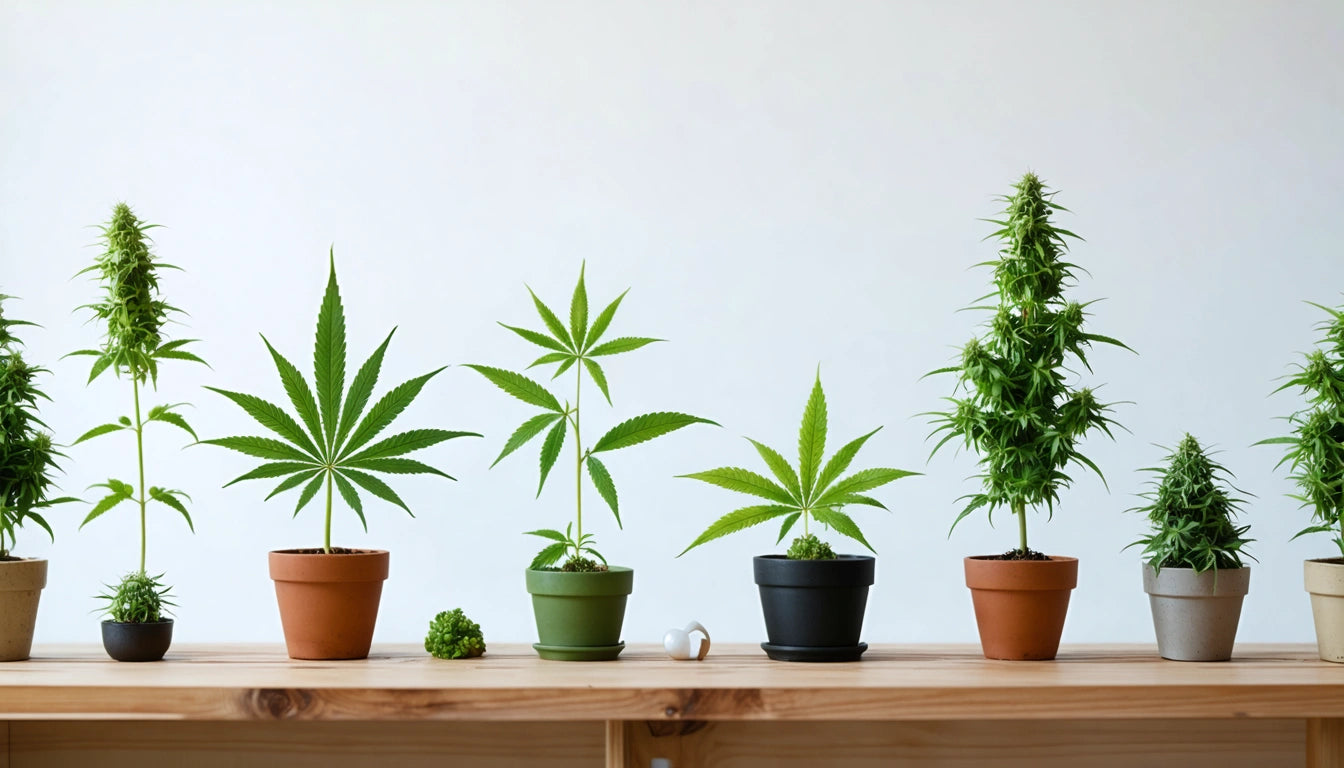Table of Contents
- Curing vs. Storage: Understanding the Fundamental Differences
- Optimal Humidity Levels for Curing with Boveda
- Proper Placement and Quantity for Effective Curing
- Terpene Preservation During the Curing Process
- Common Mistakes When Using Boveda for Curing
- Future Applications and Industry Adoption of Humidity Control
Boveda Packs for Curing: What's the Difference from Storage?
Cannabis cultivators know that proper curing is as crucial as growing itself. While Boveda humidity packs have become standard for cannabis storage, their application during the curing process requires different considerations and techniques. Understanding these distinctions helps growers maximize quality and preserve valuable terpenes throughout the post-harvest process.
Curing vs. Storage: Understanding the Fundamental Differences
Curing cannabis is an active biochemical process where chlorophyll breaks down, sugars and starches are metabolized, and terpene profiles develop. Storage, by contrast, aims to maintain the flower in its optimal state after curing is complete. This distinction is critical when implementing humidity control solutions like Boveda humidity packs.
During curing, cannabis requires consistent but gradually decreasing moisture levels to allow for proper degradation of unwanted compounds while preserving cannabinoids and terpenes. According to Boveda's curing guidelines, the process typically takes 2-4 weeks, compared to storage which can extend for months.
Optimal Humidity Levels for Curing with Boveda
RH Selection for Different Curing Stages
While the debate between 62% and 58% RH is common for storage, curing often benefits from starting at slightly higher humidity levels. Many commercial growers begin with 62% RH Boveda packs during early curing, then transition to 58% for final curing and long-term storage.
This gradual reduction in humidity allows for a slower, more controlled curing process that preserves more terpenes while still preventing mold issues. The two-way humidity control mechanism explained in this breakdown of Boveda's technology makes this possible without constant monitoring.
Proper Placement and Quantity for Effective Curing
Placement of Boveda packs during curing differs from storage applications. When curing in larger containers like buckets or totes, multiple packs should be distributed throughout the container rather than placed only at the top. Many commercial operations using large sealed mylar packaging solutions will strategically position multiple Boveda units to ensure even humidity distribution.
Quantity Guidelines for Curing Containers
- Small mason jars (up to 1oz): 1 size 8 Boveda pack
- Medium containers (1/4lb): 2-3 size 8 packs or 1 size 67
- Large cure buckets (1lb+): 4-6 size 67 packs distributed throughout
As noted in this article on cure buckets, placement throughout the container rather than just on top ensures even humidity distribution during this critical phase.
Terpene Preservation During the Curing Process
Terpene preservation is perhaps the most significant benefit of using Boveda during curing. The controlled environment prevents the excessive drying that can cause terpenes to evaporate or degrade. Research highlighted in Boveda's terpene retention study shows that properly cured cannabis with humidity control can retain up to 15% more terpenes than improperly cured flower.
This terpene preservation directly impacts the consumer experience and perceived quality of the final product. Dispensaries and brands increasingly recognize this connection between proper curing and customer satisfaction, as noted in this retail strategy overview.
Common Mistakes When Using Boveda for Curing
Several common errors can compromise the curing process even when using quality humidity control products like Boveda:
Burping Containers Unnecessarily
One significant difference between traditional curing and Boveda-assisted curing is the reduced need for burping (opening containers to release excess moisture and gases). With Boveda's two-way humidity control, excessive burping can actually disrupt the stable environment the packs create.
According to this guide on avoiding Boveda mistakes, containers with properly sized Boveda packs typically need minimal burping, perhaps once every 2-3 days during early curing, compared to daily burping with traditional methods.
Using Insufficient Boveda Capacity
Another common mistake is underestimating the humidity regulation needs during curing. Fresh cannabis releases significant moisture, potentially overwhelming inadequate humidity control. The Boveda size guide recommends using approximately twice the capacity for curing compared to storage applications.
Future Applications and Industry Adoption of Humidity Control
As the cannabis industry continues to mature, precision curing with humidity control is becoming standard practice among quality-focused producers. Commercial operations increasingly incorporate Boveda packs into their humidity control systems from curing through final packaging.
This trend extends beyond flower to other products as well. Innovative applications include using specialized humidity control for pre-rolls and concentrates, ensuring product integrity throughout the supply chain. The industry continues to develop more sophisticated approaches to maintaining optimal conditions from production to consumption.
By understanding the distinct requirements of curing versus storage, cannabis producers can leverage Boveda's technology to enhance product quality, extend shelf life, and ultimately deliver superior experiences to consumers. The investment in proper humidity control during curing pays dividends in product quality that consumers can taste and feel.











Leave a comment
All comments are moderated before being published.
This site is protected by hCaptcha and the hCaptcha Privacy Policy and Terms of Service apply.